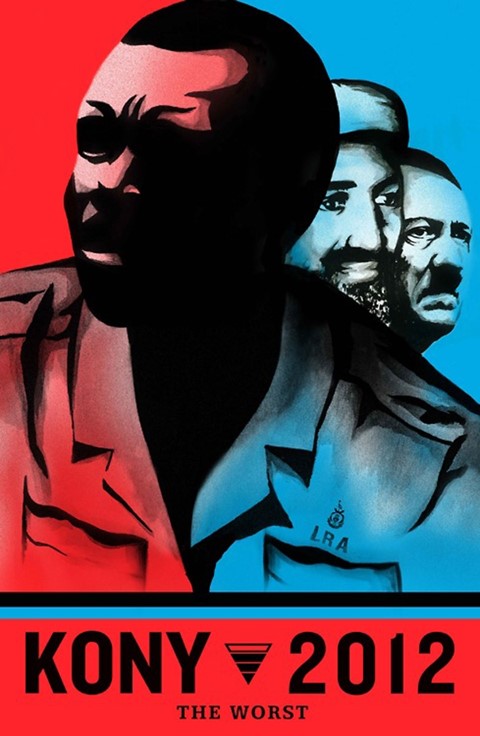KONY 2012 , a 27 minute campaign video made by charity Invisible Children, launched just six weeks ago. Today it is an international sensation that has racked up more than 100 million views, placed the plight of victims of Ugandan guerilla warlord
Who? KONY 2012, a 29-minute campaign video made by charity Invisible Children, launched just six weeks ago. Today, it is an international sensation that has racked up more than 100 million views, and placed the plight of victims of Ugandan guerilla warlord Joseph Kony onto the global stage. It has earned passionate support from celebrities, caused a Twitter frenzy and a vicious backlash and seen its creator arrested and hospitalised following a very public psychotic episode. It is a byword for supreme viral success, as well as for the dangers of over-exposure. And today we stand at a fascinating juncture in modern cultural history, where we wait to see if the biggest viral campaign in history – one that has, without question, raised awareness of its cause to unforeseen levels, including provoking debate in the UK Parliament and the US Senate – can in fact translate retweets, hashtags and facebook likes into meaningful action.
What? Tonight, Invisible Children call on their supporters to participate in their Cover The Night initiative, where followers of the cause are sent out after dark to plaster their neighbourhoods with posters demanding military intervention to tackle Kony and the LRA. It is action in keeping with the idealism and youth focus that has characterised the movement so far, one that aims to galvanise a youth audience starved of other ideological flags to fly. However, initial reports imply that support for this next phase has been less than overwhelming. While figures for sharing, tweeting and commenting on the initial video stand in the millions, support for action that requires moving away from the computer screen and out onto the street has been far less forthcoming.
"Today we stand at a fascinating juncture in modern cultural history, where we wait to see if the biggest viral campaign in history can in fact translate retweets, hashtags and facebook likes into meaningful action"
Why? Jonah Peretti, internet entrepreneur and founder of website Buzzfeed, argues that “sharing the Kony 2012 video is a great way to tell all your friends that you are someone who cares about the world, who is participating in fighting evil personified.” In the new realm of social media, personalities are fashioned from tangible elements that are there for the sculpting, from the friends we choose to accept, the brands we like, to the videos we post and share. And these sculptures are easy to make, with implications and impressions constructed from the flimsiest of wall post, the merest click on a 'like' button, and they are fallible, ultimately not to be trusted. Arguably the story of Kony 2012 is an interesting demonstration that even a campaign that creates record breaking levels of awareness cannot translate that cyber activity into literal action. Invisible Children argue that the essential first steps have been made, yet the events of tonight, or lack thereof, may well be a potent demonstration that true change is still a long way away.
Text by Tish Wrigley
